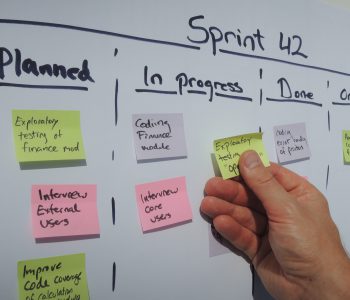 Procurement Methodologies
Procurement Methodologies  Procurement Methodologies
Procurement Methodologies  Procurement Methodologies
Procurement Methodologies  Procurement Methodologies
Procurement Methodologies  Procurement Methodologies
Procurement Methodologies Online reverse auctions have been around for a few decades, especially in the private sector and federal government. Many states have statutory or regulatory authority to conduct reverse auctions. However, many public buyers don’t use them on a regular basis. Moreover, some states that conducted reverse auctions haven’t always achieved the expected savings or outcome. Read more “Just Released! Reverse Auctions: A Roadmap for Success”
 Procurement Methodologies
Procurement Methodologies  Procurement Methodologies
Procurement Methodologies  Procurement Methodologies
Procurement Methodologies  Procurement Methodologies
Procurement Methodologies